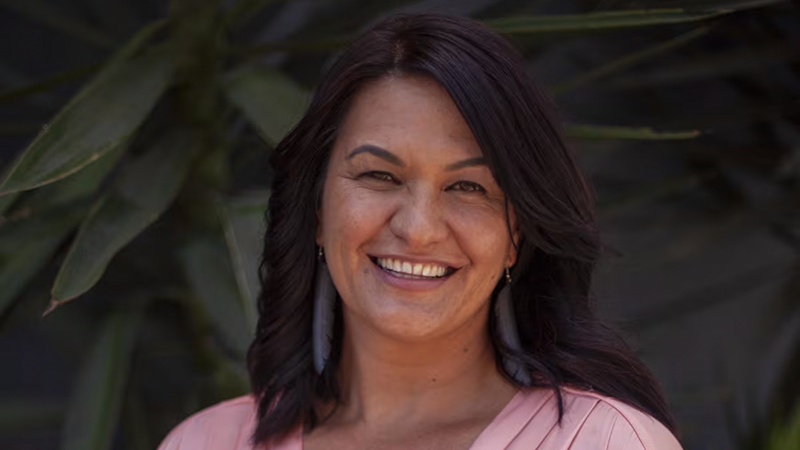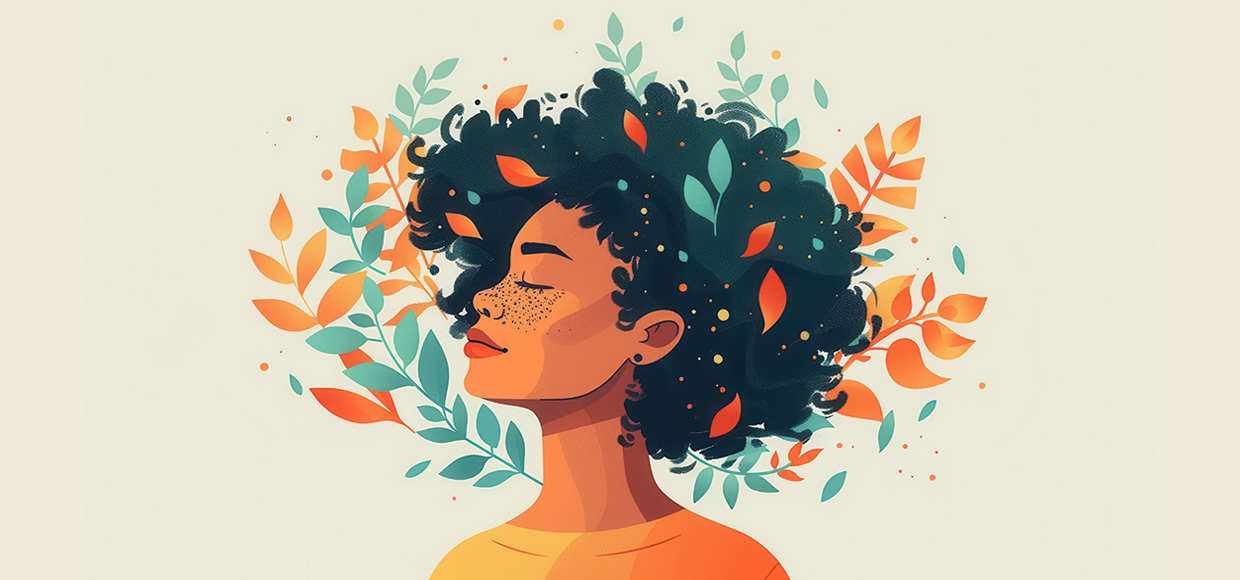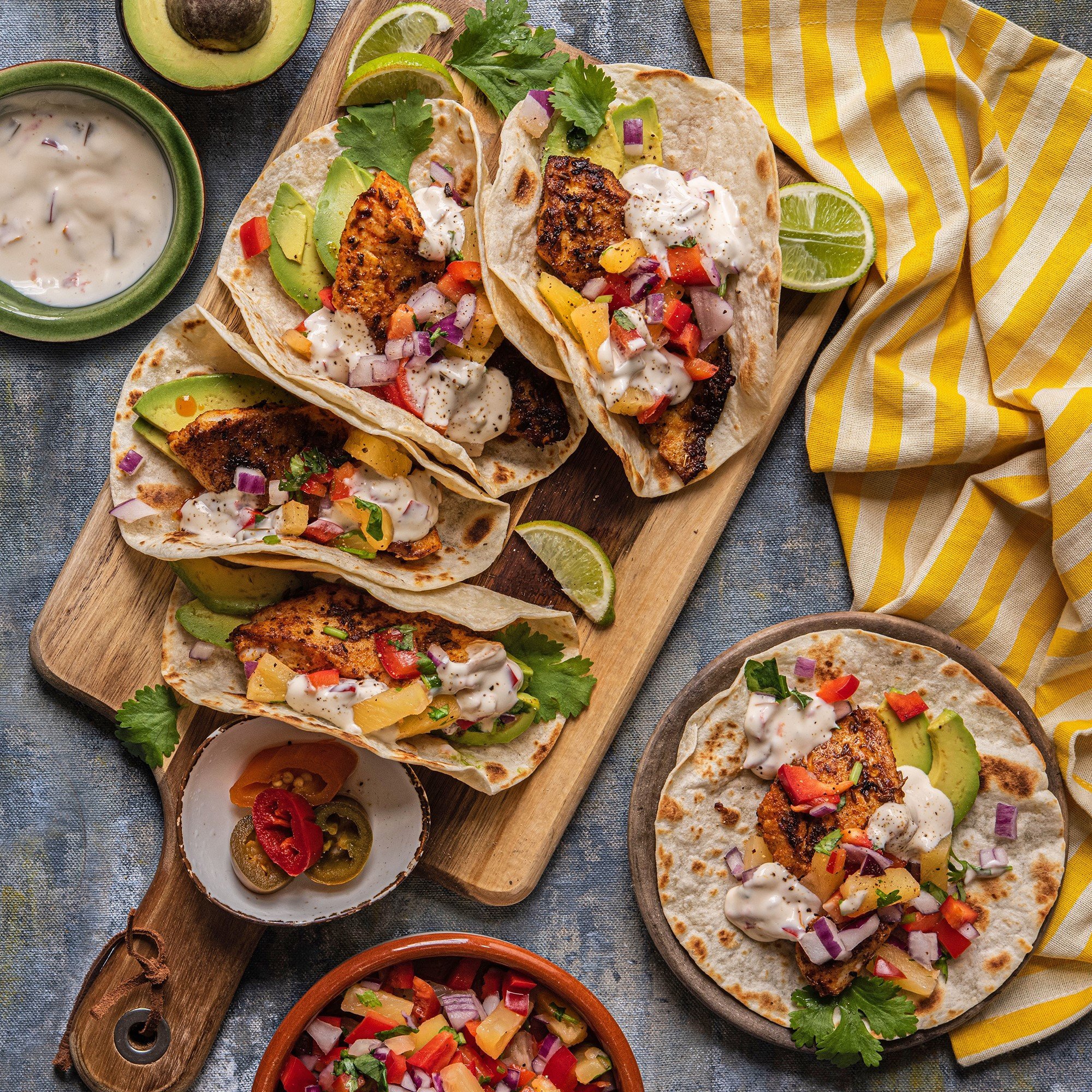The popular Ti Ora Tea Talks speaker and well-known Māori healer shares some health wisdom over a cuppa.
How did you learn to become a traditional Māori healer?
My upbringing was really disconnected from my Māori whakapapa. So I grew up navigating two worlds and feeling lost, not really belonging to either. My first experience of traditional Māori healing was as a client at a community clinic based in Tāmaki Makaurau.
I started attending a weekly wānanga, where we studied the teachings and philosophies of Papa Hohepa Delamere (a world-renowned tohunga from Te Whānau Apanui). It inspired healing of self and whakapapa, and you gained tools to navigate personal challenges, but most importantly to stimulate and nurture the taha wairua (spiritual side) of ourselves. I had never been in a space like this before and I loved it. Through this path, I was able to find my place in the world. It was where I learnt to bring those two worlds, finally together.
What are three of your favourite native New Zealand plants that you work with, and why?
· Number one is always kawakawa. It not only heals most things skin-related and a huge variety of physical ailments, but by using this taonga in different ways, it can aid in the healing of spiritual and emotional imbalances. And most importantly it’s the “Māori Viagra”.
· Number two is definitely tūpākihi. This beautiful plant is magic, it has natural anti-inflammatory properties and is great for the restoration and healing of broken bones, torn ligaments and muscular tears or tiredness. Its pain relief properties are wonderful for arthritis, old injuries and lactic acid. And it’s also incredible for relieving stress and insomnia.
· Number three is mānuka. This little gem is wonderful for deep skin afflictions such as cold sores, herpes, acne and chicken pox. It has anti-bacterial, anti-viral and anti-fungal properties.
What are some of the reasons people seek a session with you?
They’re seeking change normally. They are suffering spiritually, physically and emotionally with life and are desperate to restore their natural balance. In some cases traditional health care they’ve opted for in the past is no longer effective and they’re seeking an alternative. Māori healing deals with the catalyst rather than concentrating on the symptom or surface layer of our issues and imbalance. This work activates emotional release that is raw, sometimes primal and cuts through the layers not only physically but spiritually. This work releases, resets and restores.
Can you please explain what mirimiri, romiromi and rongoā are?
· Mirimiri has become quite commonly known as a type of massage or Māori massage. What I’ve been taught and teach is that mirimiri is energetic exchange, so it covers everything unseen. The counselling and talking part of the session is a form of mirimiri. It’s the energetic scanning of the body blockages, the takutaku (incantation) that activates the space, so the session flows.
· Romiromi is the physical side and covers the bodywork and everything to do with touch. This work activates the pain, stress and trauma that have been accumulated within the cellular memory of the body.
· Rongoā, means to stimulate the senses. If I was to use one word that encapsulates all that I do it would be a rongoā practitioner. However rongoā is now commonly known as plant medicine. Our ngahere were traditionally our chemists and we have so many powerful medicinal plants that heal all illness and disease. I find it encouraging that more people are becoming curious and learning how to use these gifts every day within their whānau and community.







